Science at home! Fun homemade experiments for the little ones. Let's learn about the Energy Transfer!
So before starting the fun study some basic concepts:
What is energy?
When looking around you can see that plants grow, animals move and that machines and tools perform the most varied tasks. All these activities have in common that they need the energy contest.
Energy is a property associated with objects and substances and manifests itself in the transformations that occur in nature. Source
Principle of Energy Conservation:
The Principle of conservation of energy indicates that energy is not created or destroyed; it only transforms from one form into another. In these transformations, the total energy remains constant; that is, the total energy is the same before and after each transformation. Source
Yes now!! let the fun begin with the experiments:
Energy transfer experiment with two balls
Have fun sending a ball through the air, surprise your friends and learn a lot of things about energy. It is undoubtedly a very simple experiment but enormously didactic.
Materials:
Two balls, one big as basketball or soccer and one as small as ping pong or tennis. We worked better with the combination of football with a rubber that my youngest son had.
An outdoor place. This experiment can not be done at home. The small ball is shot through the air reaching a considerable height.
Process: 1st part of the Experiment
- Drop the two balls, separately and from the same height. Observe the height they reach when bouncing.
Process: 2nd part of the Experiment
Now place the small ball on the big one holding one with each hand and let them fall at once.
Require a little practice, do not worry if you do not get the first time.
Observe the bounce and run to find the small ball to repeat the experiment.
What has happened?
The Energy Conservation Principle says that energy is neither created nor destroyed, it only transforms from one form to another.
We are going to study the energy transformations that take place when a single ball is dropped to the ground. 1st Part of the Experiment
Before starting to fall, the ball has gravitational potential energy. This form of energy is the one that has an object because it is located at a certain height. It is defined as the product of the weight of the object by the height it is at,
Ep = Weight x height. Therefore, the higher the height and weight, the greater the gravitational potential energy.
When falling it loses height and therefore the gravitational potential energy decreases. As energy is neither created nor destroyed, it means that gravitational potential energy is transformed into another form of energy, kinetic energy, which is the energy that objects have in motion. The kinetic energy is also going to be transformed into:
Heat, due to the friction of the ball with the air while it is falling;
Sound, when doing bang! against the floor;
Heat due to friction with the ground at the moment of impact;
energy to deform the ball when hitting the ground. This is the potential elastic energy and is responsible for the rebound;Heat due to the deformations produced in the ball.
After the crash, the ball regains its shape and goes up, bounces. The potential elastic energy has been transformed into kinetic energy and this, as the ball goes up, is transformed into gravitational potential energy and heat due to friction with air.
With all these transformations it is impossible for the ball to bounce to the same height from which it was dropped.
Now let's see what happens when the two balls fall together, the small one on the big one. 2nd Part of the Experiment:
As you can see, the big ball reaches a lower bounce height than when we dropped it alone. However, the small ball shoots out and reaches a much higher height, which proves that the big ball transfers part of its energy to the small one. The big ball collides with the ground, bounces and hits the small one yielding part of its kinetic energy. This additional energy is very large compared to the energy that the small ball possesses and sends it through the air at full speed.



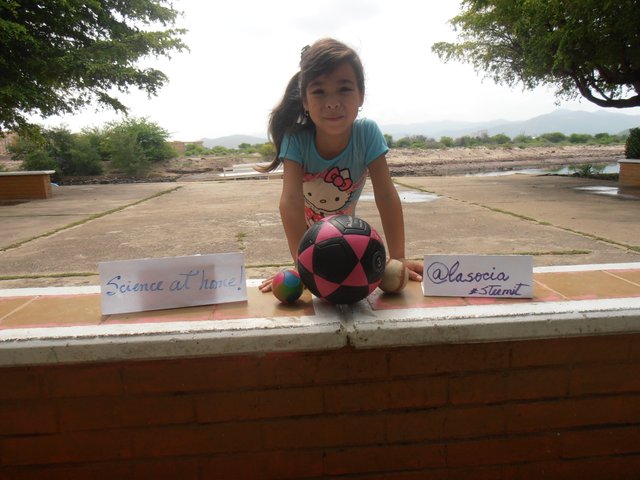
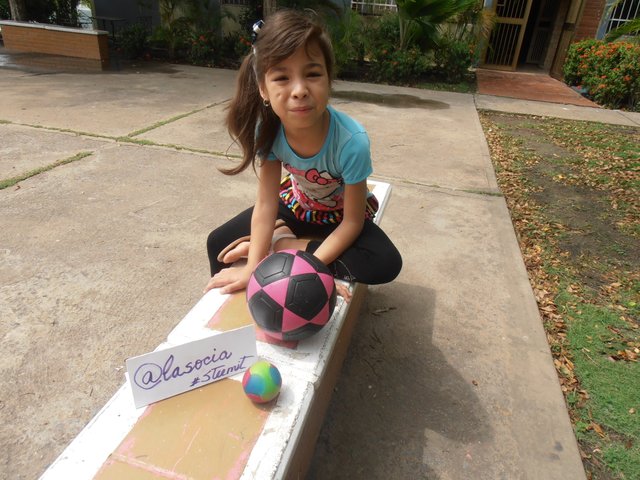
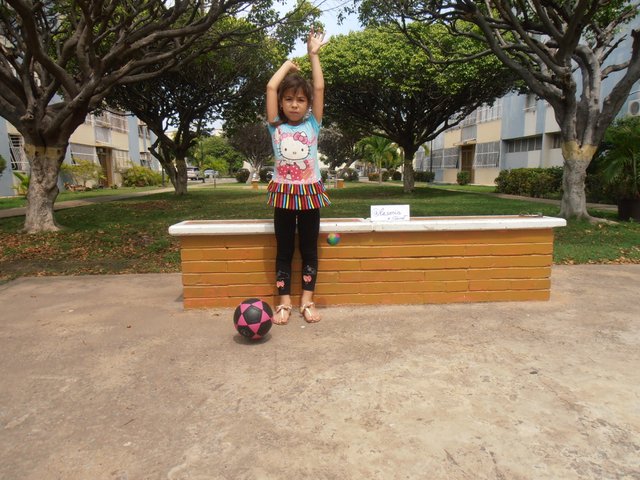
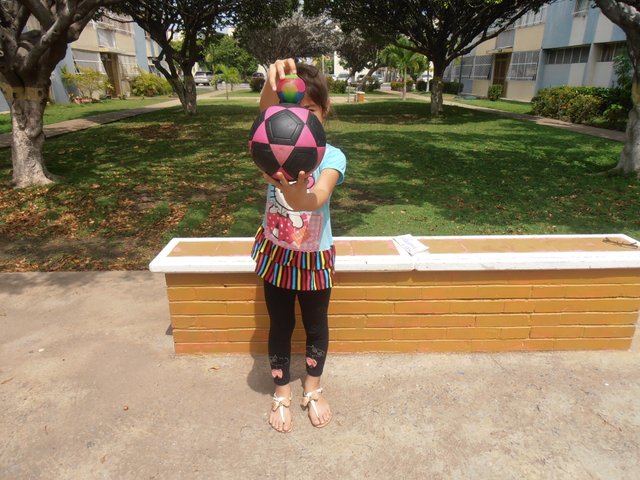
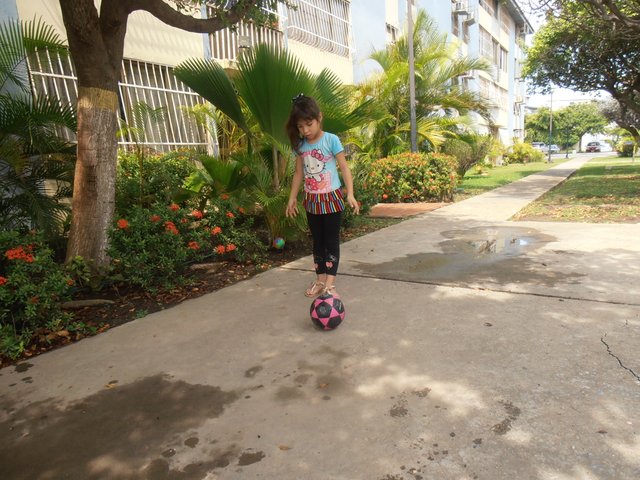
This is very educative for both parents and children, and you do a good job with the demonstrations.
I am going to feature it in the next Xposed Curator's Rebound #27. You may find details about it Xposed Curator's Rebound
My hope is to bring your quality work here the exposure it deserves, and with it, hopefully some additional rewards.
Congratulations, and best wishes.
This post was shared in the Curation Collective Discord community for curators, and upvoted and resteemed by the @c-squared community account after manual review.
Congratulations! Your post has been selected as a daily Steemit truffle! It is listed on rank 4 of all contributions awarded today. You can find the TOP DAILY TRUFFLE PICKS HERE.
I upvoted your contribution because to my mind your post is at least 11 SBD worth and should receive 136 votes. It's now up to the lovely Steemit community to make this come true.
I am
TrufflePig, an Artificial Intelligence Bot that helps minnows and content curators using Machine Learning. If you are curious how I select content, you can find an explanation here!Have a nice day and sincerely yours,

TrufflePigIf you would like to support the educational community by delegating to @steemiteducation, please click on any of the following links. This will ensure that more teachers are supported on a daily basis.
100SP 200SP 300SP 400SP 500SP 750SP 1000SP 2000SP 3000SP 4000SP 5000SP 10,000SP 25,000SP